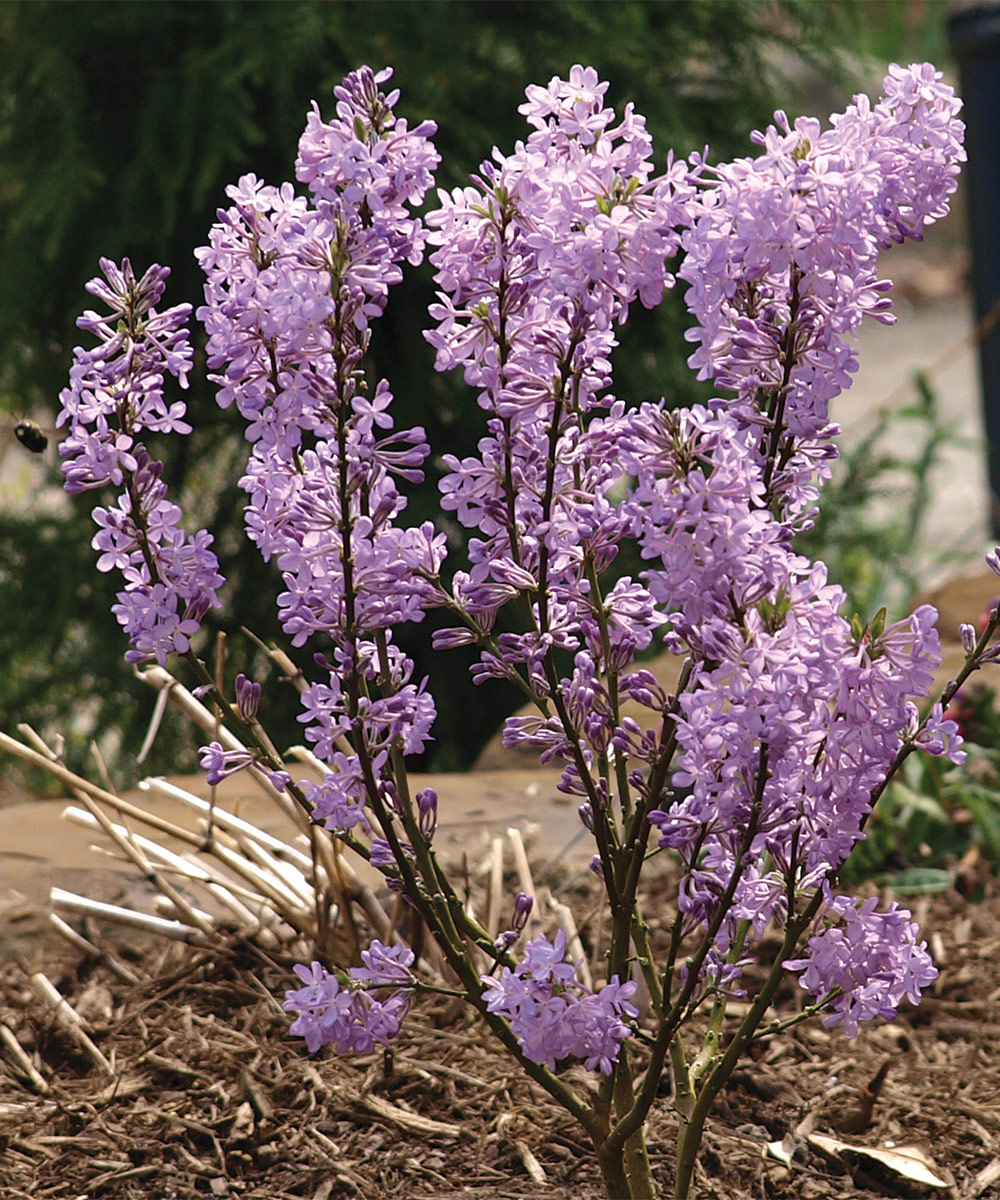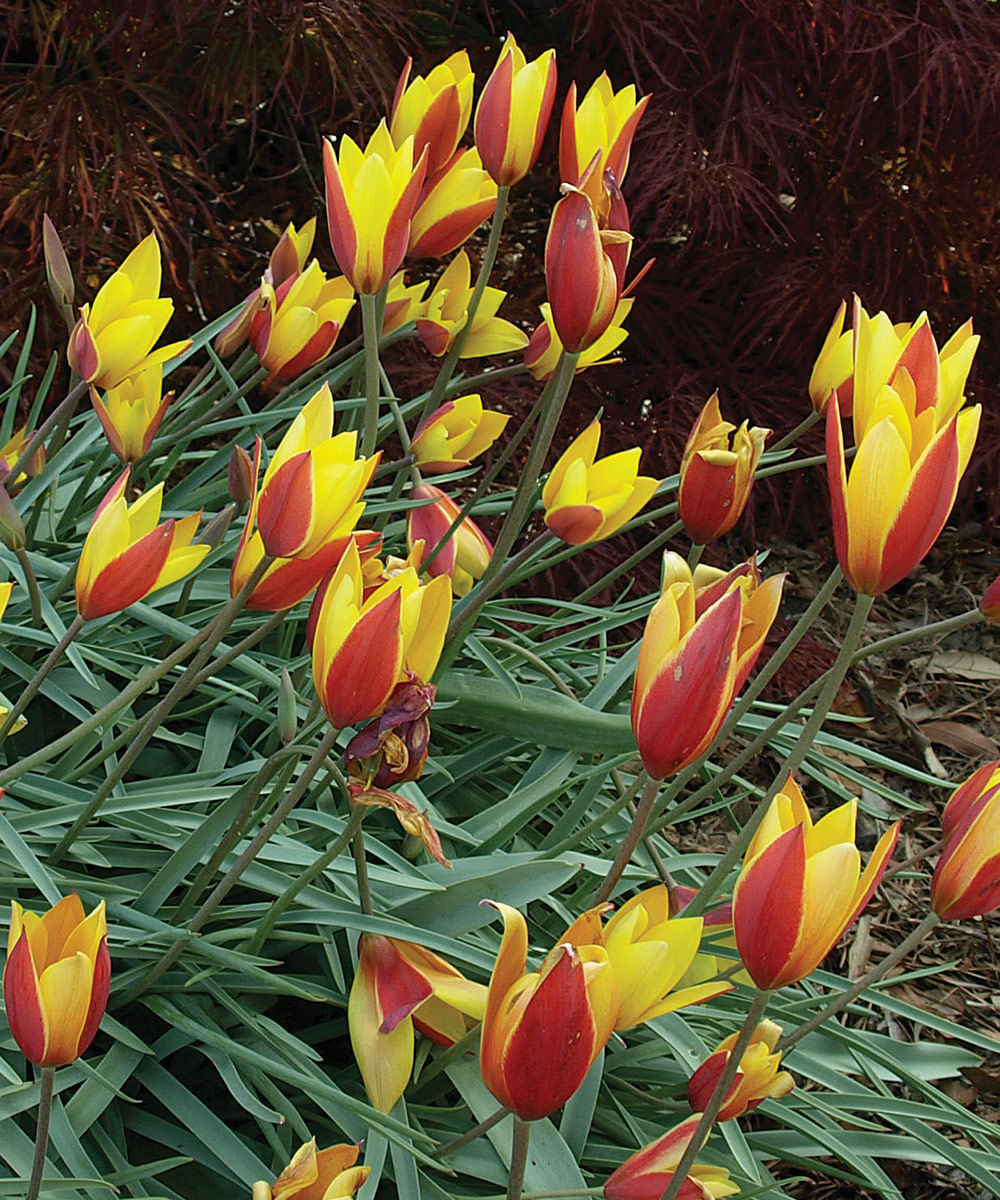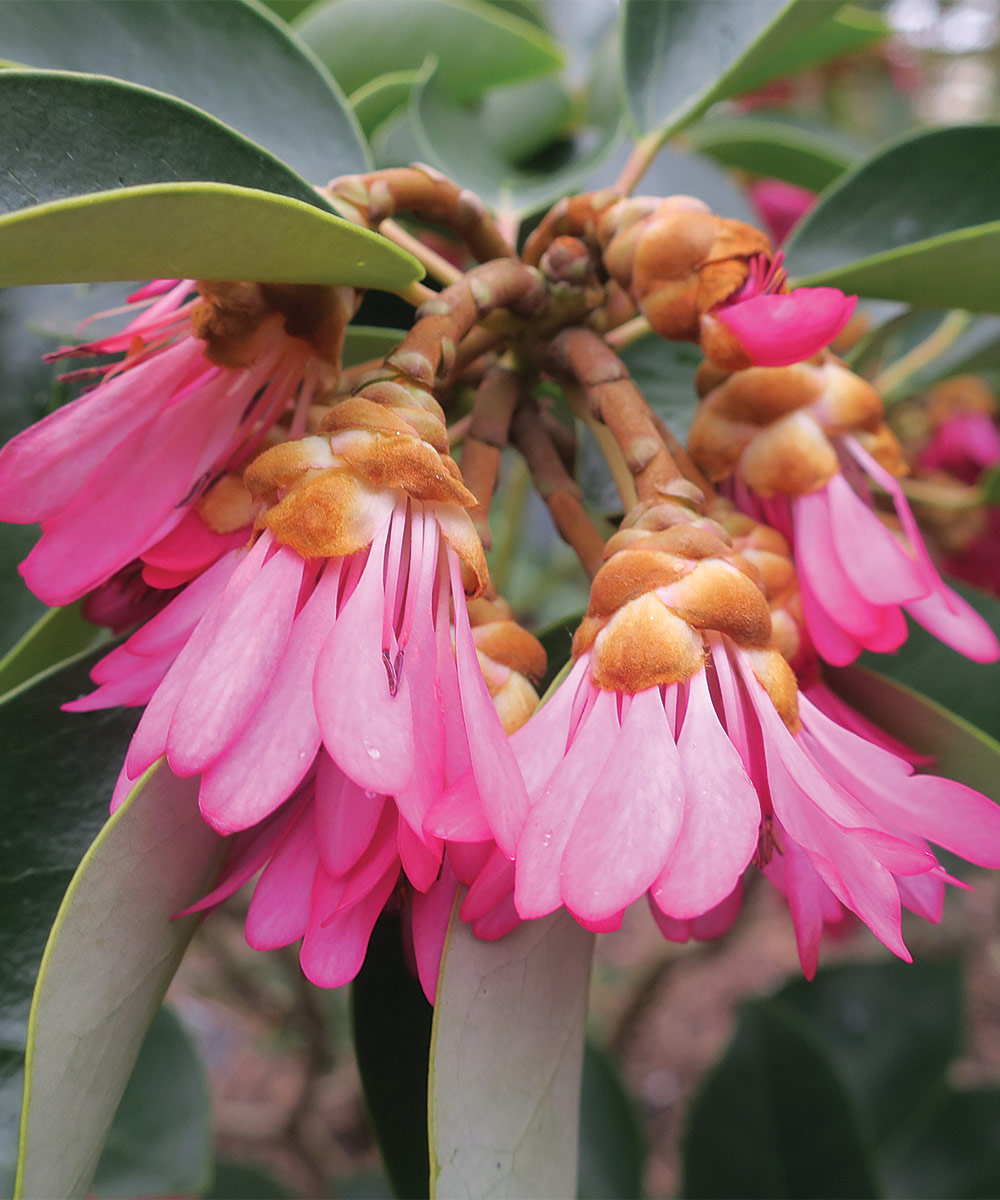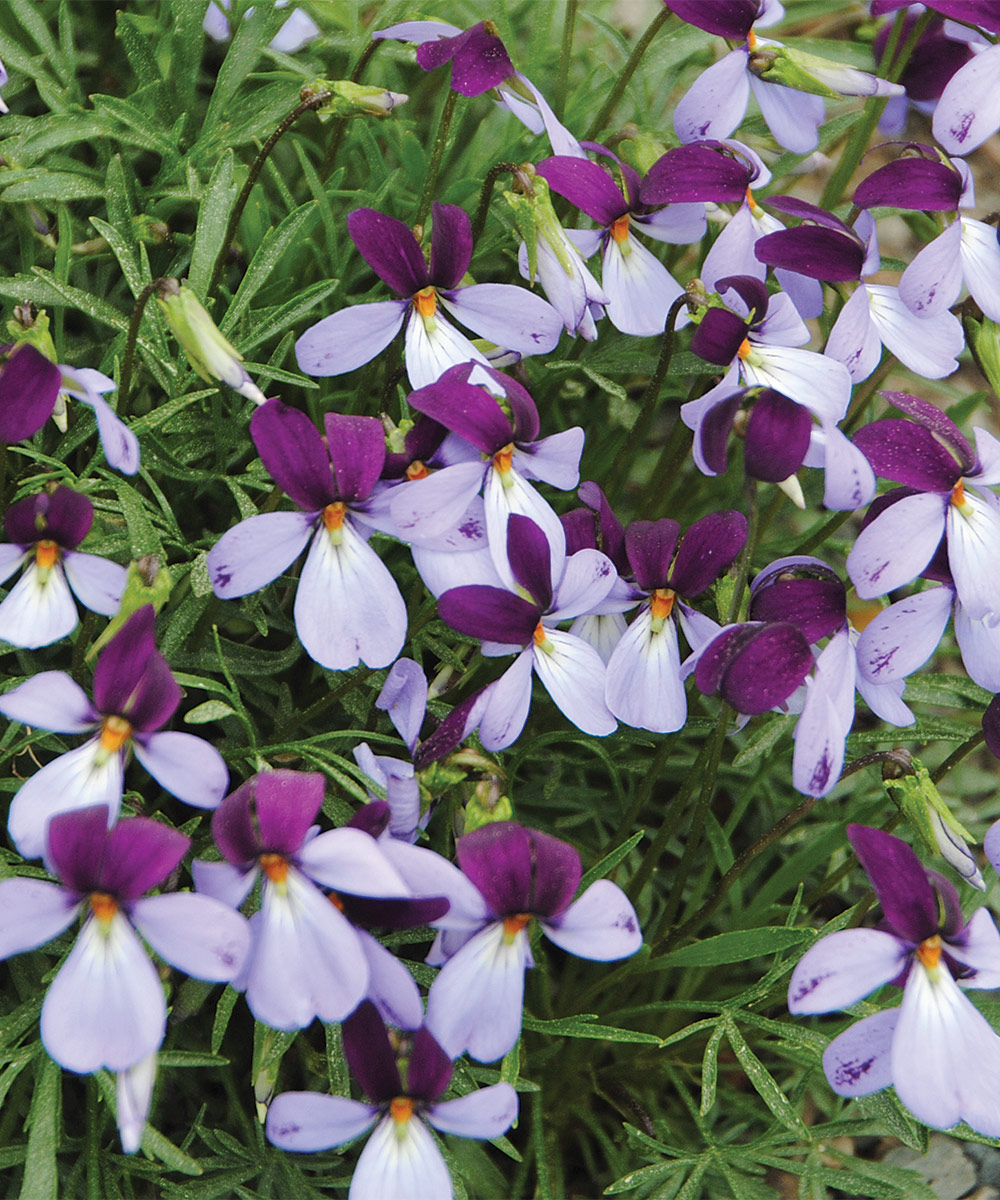In Jason Reeves’ article Plants That Bloom in Late Winter or Early Spring, he discusses how plants that bloom during the coldest time of the year, often go underappreciated:
“Some of these plants are common but often overlooked at nurseries because they are not in bloom when most people are shopping for plants in late spring or early summer. Others are more obscure and will take some searching to find. But each one of these early bloomers will bring life to garden beds at a time of year when it is most appreciated.”
If you think your late winter and early spring garden can only enjoy the interest of evergreens, colorful twigs, and interesting bark, think again. Find late-winter and early-spring bloomers for the Southeast below. And find even more early risers in Jason’s article.
1. Lilac daphne
Name: Daphne genkwa
Zones: 4–8b
Size: 4 to 6 feet tall and wide
Conditions: Partial shade; well-drained, acidic soil
Native range: East Asia, China, Korea
Lilac daphne is a deciduous shrub, unlike the more finicky and commonly seen winter daphne (Daphne odora, Zones 7–9). In central North Carolina, its bare branches are smothered with lightly fragrant, pale lavender flowers as early as late January. The show continues into April as the leaves emerge. This plant tends to flower best in climates with hot summers and mild winters, as the flower buds can be killed when temperatures drop too low. However, even open flowers will tolerate short freezes. All parts of this daphne are poisonous, including the red fruits, which are rarely formed but quite showy. Once established, lilac daphne is better off growing in conditions that are too dry rather than too wet.
2. ‘Tubergen’s Gem’ lady tulip
Name: Tulipa clusiana var. chrysantha ‘Tubergen’s Gem’
Zones: 3–7b
Size: 10 to 12 inches tall and wide
Conditions: Full sun; average to poor, well-drained soil
Native range: Afghanistan to the western Himalaya region
Tulips are rarely reliable perennials in the Southeast, where they often do not receive adequate winter chilling and either stop flowering or simply fade away. One of the few exceptions is the lady tulip, which not only returns year after year but multiplies to form masses topped with showy flowers as early as mid-March. The soft red flower buds of the straight species open widely to reveal star-shaped white interiors; ‘Tubergen’s Gem’ features bright gold rather than white coloration. It prefers neutral to alkaline soil and often benefits from some lime at planting and every few years thereafter. After it flowers, leave the foliage standing until it has died back about halfway, then trim it to the ground.
3. Evergreen rose hazel
Name: Rhodoleia henryi
Zones: 7–10
Size: 15 to 20 feet tall and 8 to 10 feet wide
Conditions: Full sun to partial shade; average to moist, well-drained soil
Native range: China
Evergreen rose hazel is slowly becoming more widely grown in the Southeast, where it is valued for its deep green, glossy foliage. It is typically grown as a broadly upright shrub, but in its native China it grows as a stout tree that can reach 45 feet tall. It has 2- to 3-inch flowers in February and March that somewhat resemble those of a camellia. Flower buds are formed in fall and held on long stalks. Temperatures in the low teens can kill these buds before they have a chance to open, but when a plant is in full bloom, it is a sight to behold. Unless you are growing it in the Deep South, it is best to give it rich soil with some protection, such as high shade in winter or a location near a warm wall.
4. Bird’s-foot violet
Name: Viola pedata
Zones: 4–8
Size: 4 to 8 inches tall and wide
Conditions: Full sun to partial shade; well-drained soil
Native range: Eastern North America
This is one of the most prized native perennials for the garden. It makes a tight, low clump of deeply lobed leaves. Unlike many violets, this species does not spread by runners and rarely seeds around unless it’s in ideal conditions. Native to much of the eastern United States, it begins flowering by late March in its more southern ranges. The showy flowers sit just above the ferny foliage and are typically pale to deep purple, although white forms are occasionally seen. Perhaps the loveliest selection is a bicolor-flowered cultivar called ‘Eco Artist Palette’ (pictured). Bird’s-foot violet is native to dryish upland areas and sandhills and is therefore best suited to open, well-drained locations.
Mark Weathington is the director of the JC Raulston Arboretum at NC State University in Raleigh, North Carolina, and the author of Gardening in the South: The Complete Homeowner’s Guide.
Photos: courtesy of JC Raulston Arboretum at NC State University




